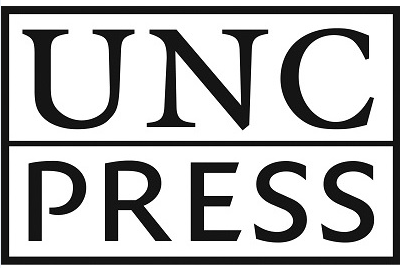During the late nineteenth and early twentieth centuries, more
Americans belonged to fraternal societies than to any other kind of
voluntary association, with the possible exception of churches.
Despite the stereotypical image of the lodge as the exclusive
domain of white men, fraternalism cut across race, class, and
gender lines to include women, African Americans, and immigrants.
Exploring the history and impact of fraternal societies in the
United States, David Beito uncovers the vital importance they had
in the social and fiscal lives of millions of American
families.
Much more than a means of addressing deep-seated cultural,
psychological, and gender needs, fraternal societies gave Americans
a way to provide themselves with social-welfare services that would
otherwise have been inaccessible, Beito argues. In addition to
creating vast social and mutual aid networks among the poor and in
the working class, they made affordable life and health insurance
available to their members and established hospitals, orphanages,
and homes for the elderly. Fraternal societies continued their
commitment to mutual aid even into the early years of the Great
Depression, Beito says, but changing cultural attitudes and the
expanding welfare state eventually propelled their decline.

